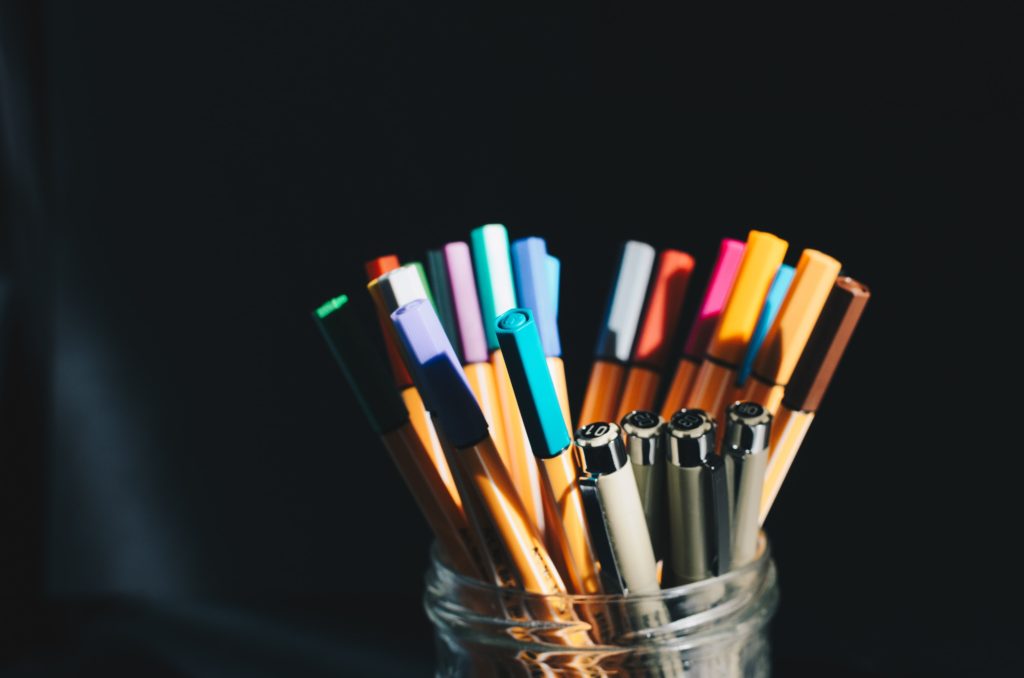How to Ask Different Questions when the Problem Feels Too Big
What is creativity and why does it matter?
We often connect and intermix the words creativity and art. When looking at works of art that you like, you might find yourself saying, I wish I was that creative.
The important thing to understand is that creativity and art, aren’t the same thing.
Some art is creative, some art isn’t.
Some things that aren’t art, are creative, some aren’t.
Here’s why that matters. When art and creativity are always connected, it provides a limited understanding of what it means to be a creative thinker, and it keeps a large group of people from having interest, and/or believing that they can become more creative.
Creativity can be taught.
Art can be taught.
Sometimes they are taught together, sometimes they aren’t.
Our world is in an uproar right now. We have BIG problems to solve. Problems that feel overwhelming, impossible TOO BIG.
I hear and see a lot of people asking, how do we change? How do we make our system more equitable? How do we protect black and brown people?
We change. We create. We adapt.
We do not keep doing what we’ve always done, we already know what that produces.
Being creative and developing creative solutions is hard, and often uncomfortable, especially when it isn’t something you’re used to doing or even something that you believe that you can do.
Art and creativity are often linked together because artists are willing to create work that takes us to uncomfortable places. They find a way to use lines, shapes, colors, and textures to make us see and feel things in new ways, even if we don’t want to.
If you’re asking yourself the question, but what do I do, and feel like you keep coming up with the answer, I don’t know, then start by asking new and more questions.
The creative thought process starts when we ask a question (preparation) that signals to our brains that it’s time to start making connections. One question is going to trigger a few connections, and if the question that you ask doesn’t trigger any, it doesn’t mean that there isn’t an answer, it just means that you need to ask the question differently. See if you can ask 10-15 questions that branch off of your first question.
Let’s give it a try.
- How can I create positive change?
- What is positive change?
- Who is positive change for?
- Who defines what positive change is?
- What control do I have?
- What control don’t I have?
- What control do people that I know have?
- What skills do I have and am I using them?
- How do I teach in ways that make every student feel seen, heard, and understand?
- How do I create a space where all students and all voices feel safe?
- How can I create a sanctuary for people that need a break?
- Who listens to me?
- Who needs to hear me that doesn’t?
As you can see there is now a much longer list of questions to work through, and you might be able to come up with possible answers to a few of them.
Some of the solutions might be you creating art if that’s what you do. It might mean writing the book or blog post that you’ve been avoiding. It might mean teaching a new class or changing the way and the content that you’ve been teaching. Or you might be able to make new connections that help you better come up with a creative solution that aligns with your skills.
